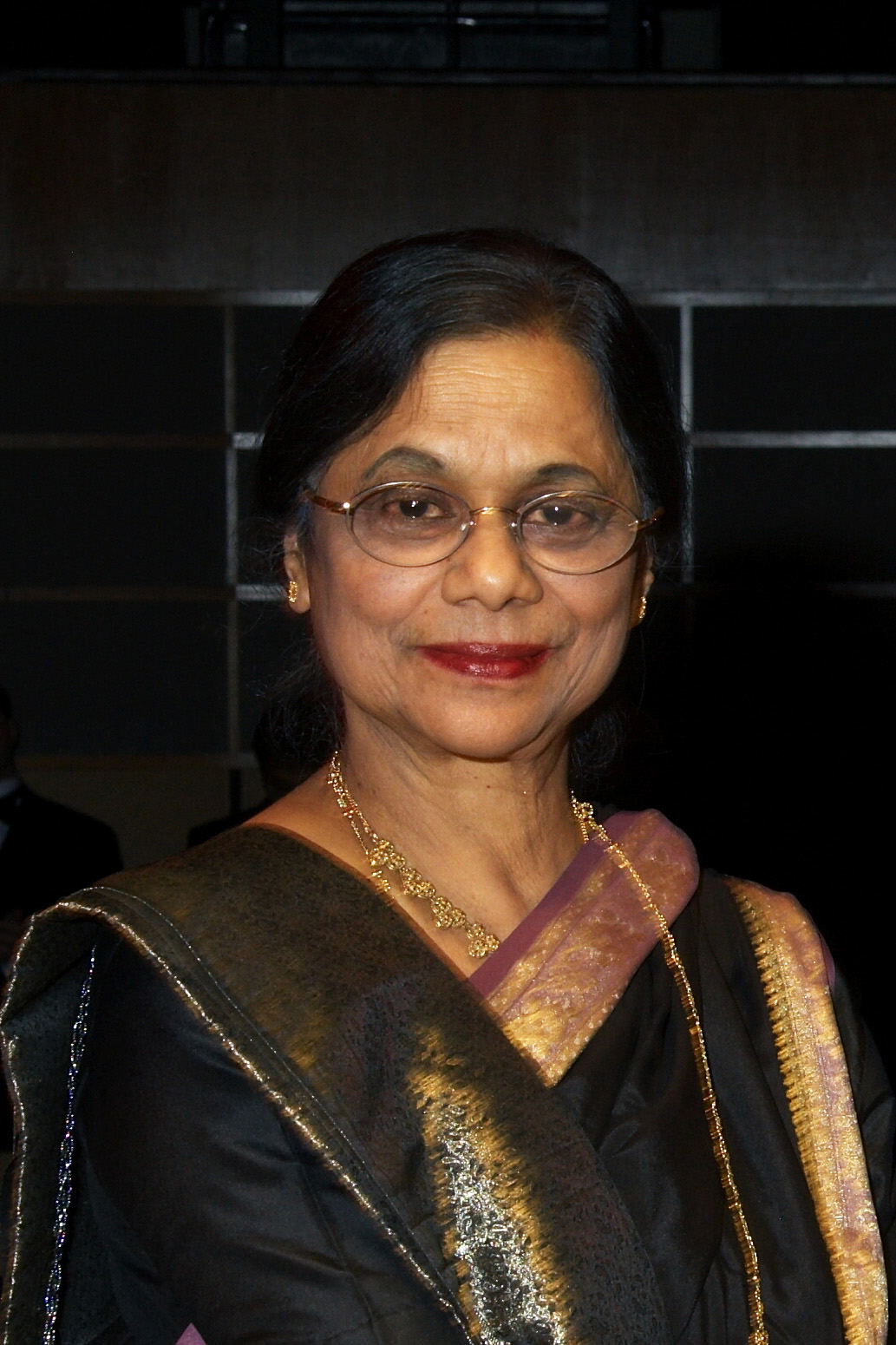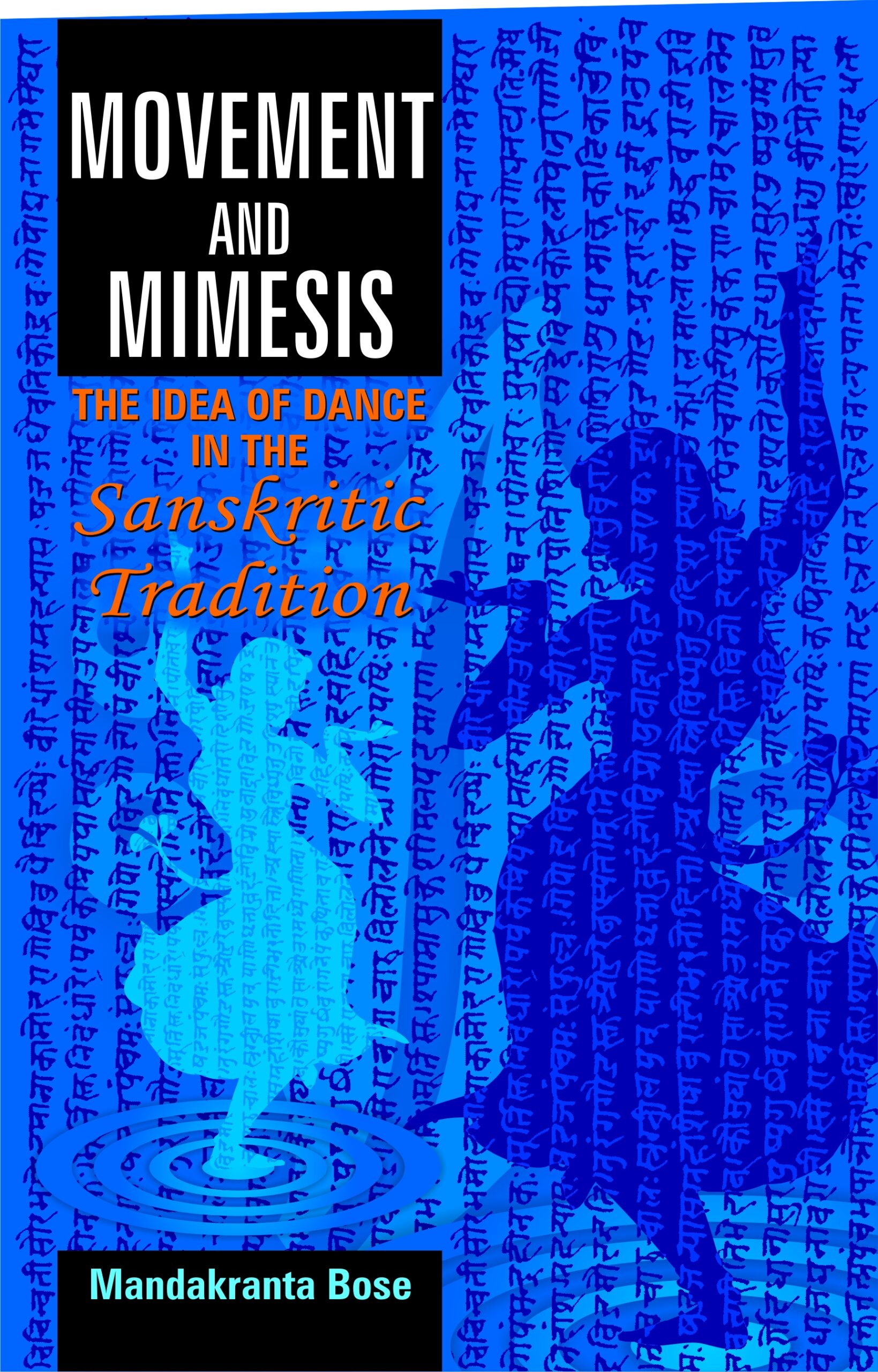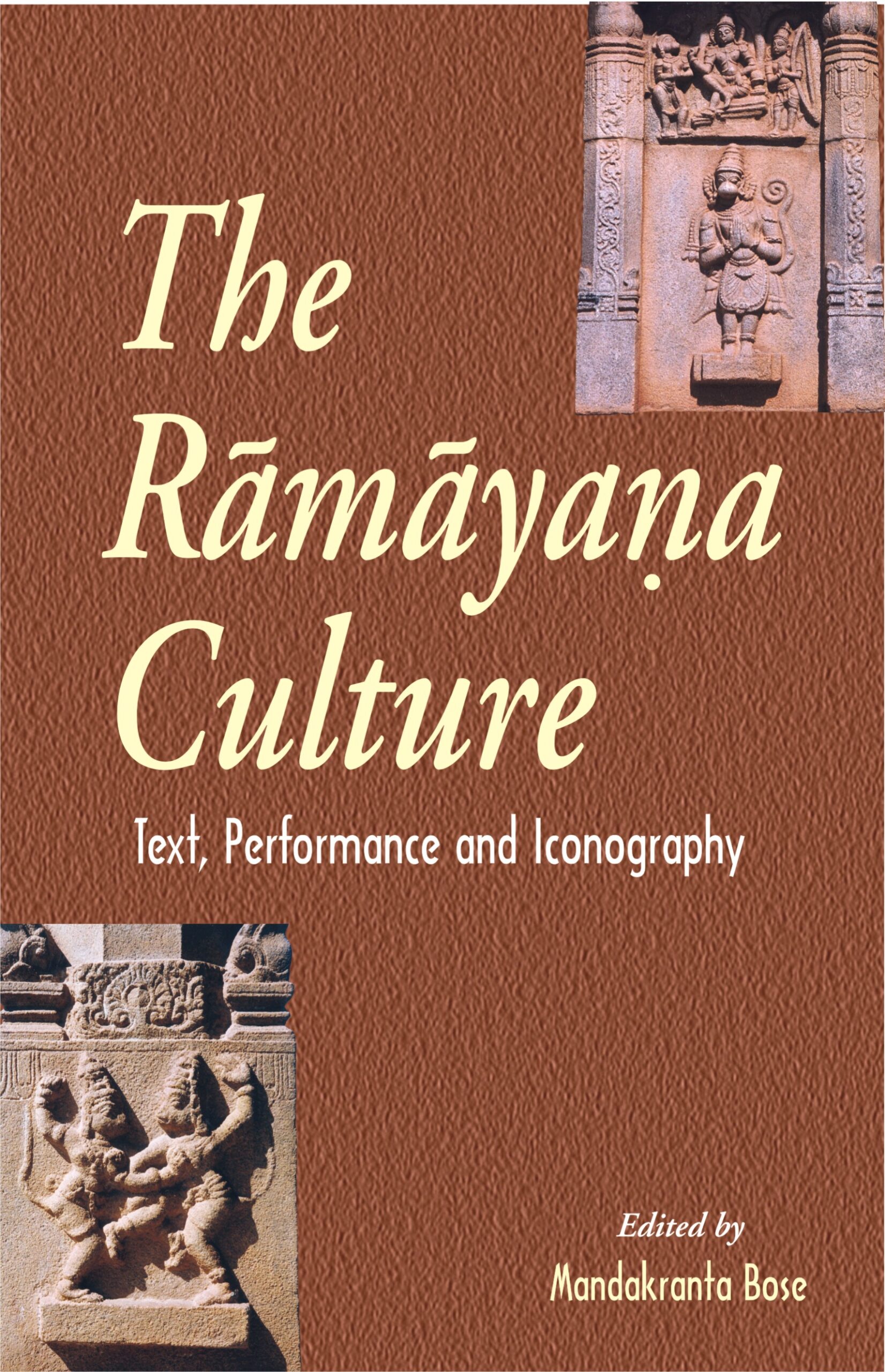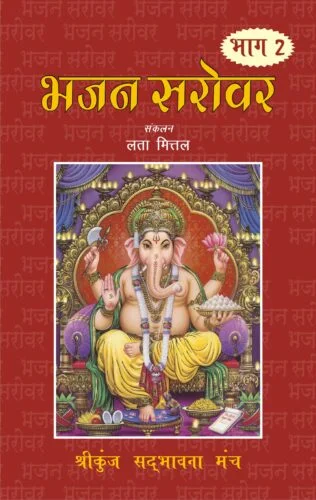

Movement and Mimesis...
Movement and Mimesis
The Idea of Dance in the Sanskritic Tradition by: Mandakranta BoseThe book contains precise characteristics of dances in India, fundamental questions about the nature of dancing, delving deep into its origin, extending over 2000 years. It makes an exhaustive comparative study, the first of its kind, tracing the growth, techniques and forms of dancing and its expansion by contact with peripheral regional styles, including the foreign ones.
Original price was: ₹1,200.00.₹1,080.00Current price is: ₹1,080.00.
ISBN: 9788124604212
Year Of Publication: 2022
Edition: 2nd
Pages : xii, 332
Bibliographic Details : Glossary; Bibliography; Index
Language : English
Binding : Hardcover
Publisher: D.K. Printworld Pvt. Ltd.
Size: 23
Weight: 550
The antiquity of dance in India is well known but its precise characteristics are not. What, exactly, constituted dancing? How was it distinguished from other performing arts? These and other fundamental questions about the nature of dancing can best be answered by delving into the rich corpus of extant Sanskrit treatises on dancing, which extend over two thousand years. Of all sources of the history of dancing, these works remain the most eloquent witness, for they record not only the precepts of the art but also the details of its practice. The present book reconstructs the evolving discourse on dancing in India by making an exhaustive comparative study, the first of its kind, of all available Sanskrit works. The author traces the growth of the techniques and forms of dancing and shows how the central tradition of the art, and also the oldest, expanded by contact with peripheral regional styles, including foreign ones, and eventually merged with them into a synthesis that forms the basis of present-day classical dances of India. Mandakranta Bose’s research in the Sanskritic tradition of Indian dance and drama has led her to view these arts equally in their historical, theoretical and performance aspects. For back of the cover Her canvas is wide, almost wider than that of late Dr. V. Raghavan who was the first to bring to light the wealth of material in Sanskrit relating to dance, music and theatre . . . The work needs to be read very carefully by all serious students of and researchers on dance. Dr Kapila Vatsyayan
Acknowledgements
Abbreviations
Preface
1. Introduction
2. The Literature of Dance
3. The Natyashastra and the Concept of Dance
4. Lasya: A Dramatic Art
5. Nritya and Uparupaka
6. Bandha and Anibandha
7. The Deshi Tradition
8. Conclusion
Glossary
Bibliography
Index












